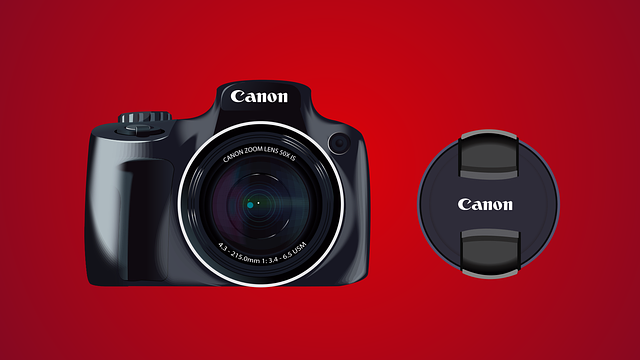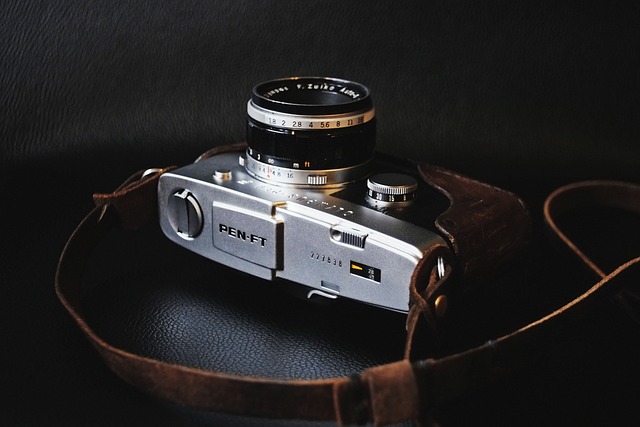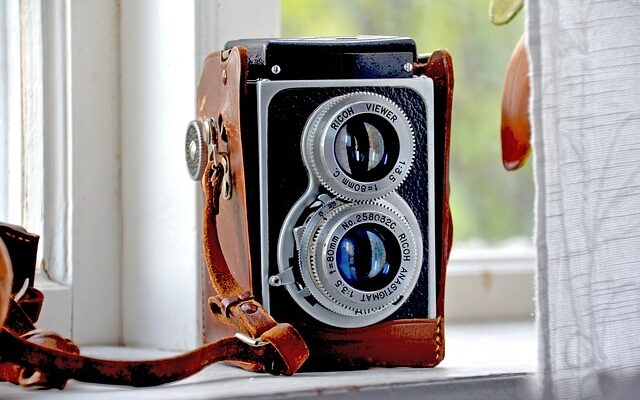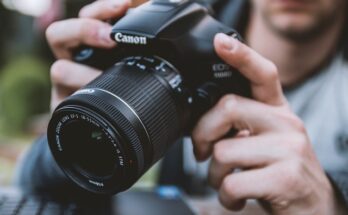Introduction:
The History of the Camera , a device that has become Tracing the History of the Camera ubiquitous in modern society. has a rich and fascinating that stretches back centuries. From its humble beginnings as a simple optical device to the sophisticated digital marvels of today, the camera has undergone numerous transformations, reflecting the evolving needs and aspirations of humanity. Let’s embark on a journey through time to explore the captivating .
Ancient Roots History of the Camera
The origins of the camera can be traced back to ancient times when early civilizations experimented with the principles of optics. The ancient Greeks, for instance, discovered the phenomenon of camera obscura, a natural optical phenomenon where light passes through a small hole to project an inverted image on a surface opposite to the opening. This simple observation laid the groundwork for the development of imaging technology

Medieval Advancements:
During the medieval period, scholars and scientists further explored the principles of optics and experimented with ways to capture images. Arab scholar Alhazen, also known as Ibn al-Haytham, made significant contributions to the understanding of optics and is often credited with inventing the first pinhole camera, a precursor to the modern camera obscura.
Renaissance Innovation:
The Renaissance period witnessed a surge of interest in art, science, and technology, leading to remarkable advancements in the field of optics. Artists such as Leonardo da Vinci utilized camera obscura as a tool for drawing and understanding perspective, further popularizing its use. It was during this time that the camera obscura evolved from a mere optical curiosity to a practical tool for artistic expression and scientific inquiry.
The Birth of Photography:
The true birth of photography as we know it today can be traced back to the early 19th century. In 1826, French inventor Joseph Nicephorus Niepce produced the world’s first photograph, “View from the Window at Le Gras,” using a process known as heliography. This groundbreaking achievement paved the way for further innovations in photography

The Daguerreotype:
In 1839, French artist and inventor Louis Daguerre introduced the daguerreotype, a photographic process that produced highly detailed images on silver-plated copper plates. The daguerreotype quickly gained popularity and became the first commercially successful photographic medium, sparking a global fascination with photography.
Evolution of Cameras:
Throughout the 19th and 20th centuries, cameras underwent rapid evolution, with inventors and engineers continually refining and improving photographic technology. The introduction of flexible film in the late 19th century revolutionized photography, making cameras more portable and accessible to the masses.
The Digital Revolution:
The latter half of the 20th century witnessed the dawn of the digital age, ushering in a new era of photography. The invention of the digital camera in the 1970s marked a paradigm shift in photography, enabling images to be captured, stored, and manipulated in digital format. This transformative technology democratized photography, empowering individuals to capture and share moments like never before.
Modern Marvels:
In the 21st century, the camera has become an integral part of everyday life, embedded in smartphones, tablets, and other electronic devices. Advances in digital imaging technology have led to the development of high-resolution sensors, powerful image processing algorithms, and innovative features that continue to push the boundaries of what is possible in photography.

Conclusion:
From its ancient origins to its modern manifestations, the camera has evolved into a powerful tool for capturing the world around us. Through centuries of innovation and ingenuity, the camera has transcended its humble beginnings to become an indispensable part of human expression and communication. As we look to the future, one thing is certain: the journey of the camera is far from over, and the next chapter promises to be as captivating as those that have come before.



